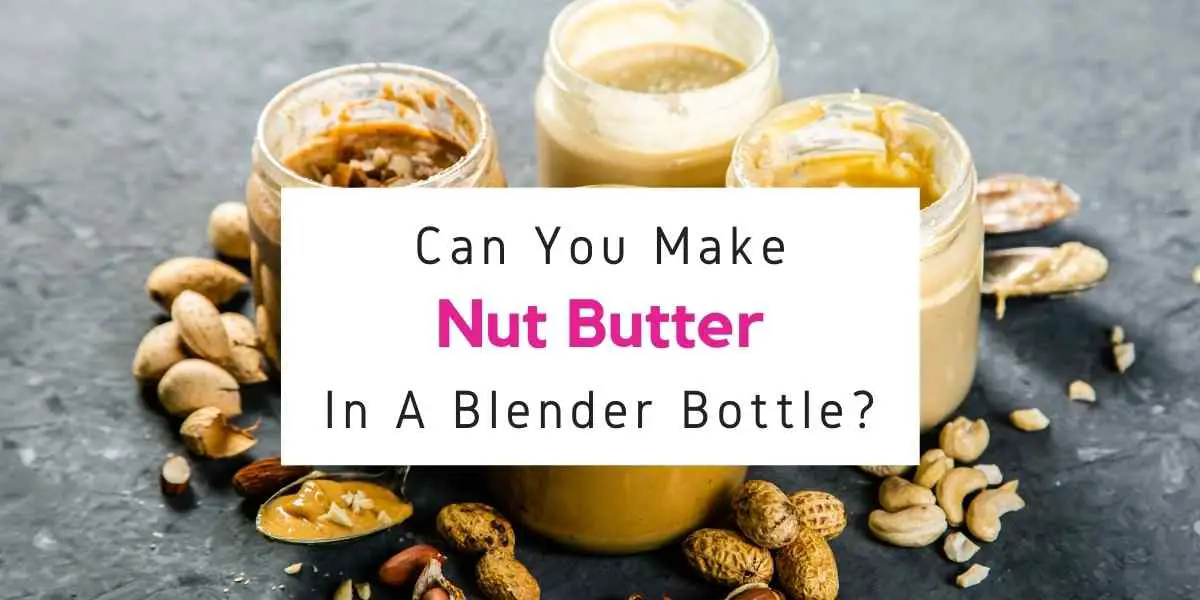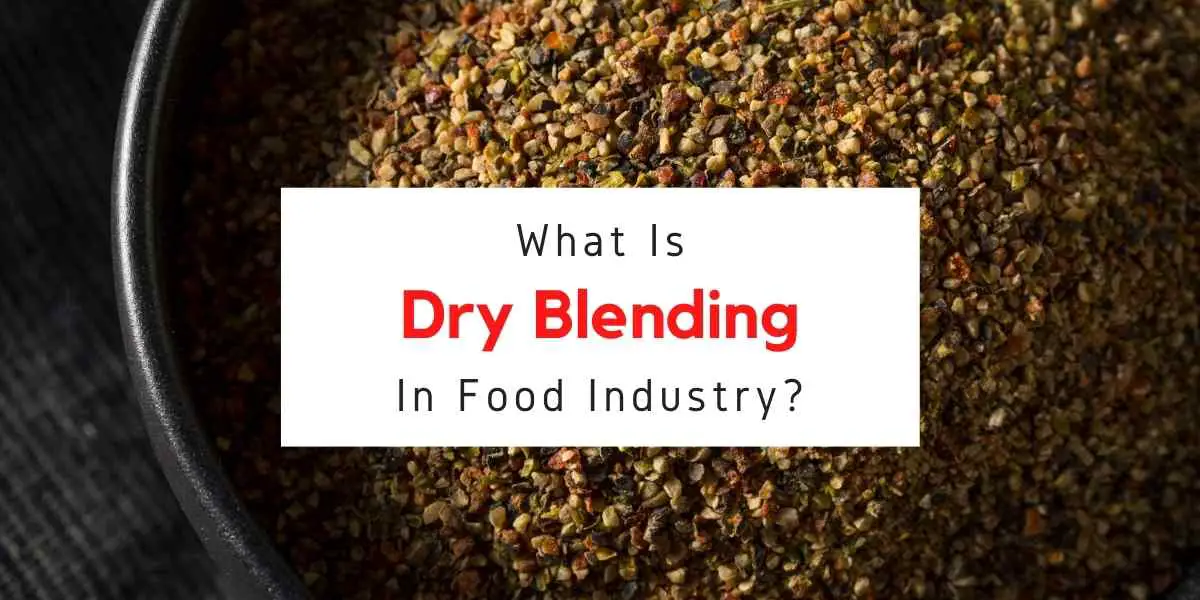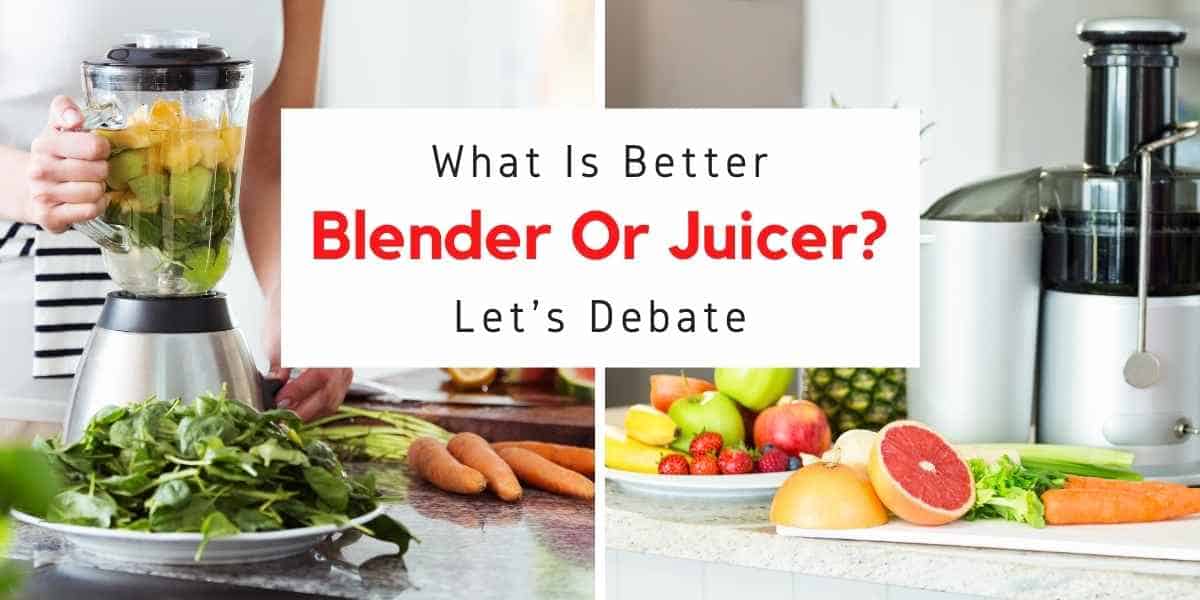What is the difference between blender and beater?
There lie many differences between a beater and a blender. Firstly, an electric beater may be used for incorporating and mixing liquid items, such as eggs whereas a blender mostly has functions similar to food processors and mixers. Other than this, you will also find differences based on their structure, final consistency, and uses.
Do you struggle with distinguishing between various kitchen gadgets? Are you unsure of which appliance to employ for a particular task? While you may already know that each tool in your culinary arsenal serves a unique purpose, you may find yourself using terms like electric beater and blender interchangeably, without understanding the fundamental differences between them.
Although grasping these distinctions may appear daunting at first, once you do, you’ll be able to use these gadgets more effectively, and your cooking journey will become smoother and more straightforward.
So, let’s see the electric beater vs blender difference in detail!
What Is An Electric Beater?
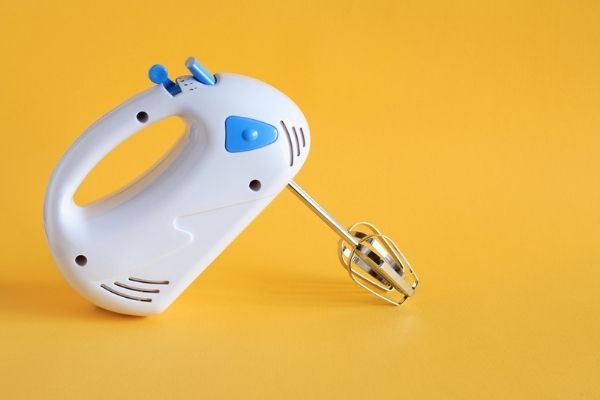
A handheld electric appliance that comprises of rotating beaters is commonly known as an electric beater. Its portability provides ease and convenience while mixing ingredients.
The rotating beaters do not feature a sharp surface as an electric beater is primarily used for whipping, folding, and beating ingredients. Additionally, various attachments such as kneading beaters are commonly included with an electric whisk.
For instance, during baking, whipping or beating eggs, or blending cake batter may be necessary. Kneading attachments can be utilized when working with various doughs. This is when an electric beater comes in handy.
Uses Of Electric Beater
Electric beaters are mostly used for combining bakery products. However, some other uses of an electric beater include:
- For whipping cream
- Beating eggs for various purposes
- For mixing cake batter and cookie dough
- For making icing or even salad dressings
Buy the best electric beaters online.
So, these are some of the uses of an electric beater. Let’s understand what a blender is and its uses.
How Do I Choose A Beater?
When choosing a beater, there are several factors you should consider, including:
- Type of beater: There are several types of beaters available in the market, including electric and manual hand mixers, stand mixers, and immersion blenders. Consider which type of beater will work best for your needs and budget.
- Power: The power of the beater is an important consideration, especially if you plan on using it for heavy-duty mixing. Look for a beater with a motor that has a wattage of at least 200-250 watts.
- Speed settings: Look for a beater with multiple speed settings, so you can adjust the speed according to the type of ingredients you are mixing.
- Attachments: Some beaters come with additional attachments, such as dough hooks and whisks, which can expand the functionality of your beater.
- Size and weight: Consider the size and weight of the beater, especially if you have limited storage space or plan on using it frequently.
- Brand and warranty: Choose a reputable brand with a good warranty to ensure that your beater is of high quality and will last for years to come.
What Is A Blender?

On the other hand, as the name suggests, a blender is more specifically used for blending or mixing items.
To give you a clearer idea, you may find that there’s a motor on the bottom. Above that, there’s a rotating blade present. Lastly, you can find the blender container on the top.
So, this blade will help in cutting, processing, and mixing various ingredients.
For instance, if you wish to make a homemade tomato puree, you may insert the tomatoes inside the blender. The blender will then blend the tomatoes to give you a smooth paste-like consistency.
In this, you may find a simple blender or even a handheld blender for maneuverability.
Uses Of A Blender
The uses of a blender are usually general and include:
- Making various purees
- Making different types of sauces and dressings
- Making milkshakes, smoothies, juices, other beverages
- Making various dips
- You can even beat egg in blender
How Do I Choose A Blender?
When choosing a blender, consider the following factors:
- Type of blender: There are different types of blenders, such as countertop blenders, immersion blenders, and personal blenders. Each type has its own advantages and disadvantages, so choose one based on your needs.
- Power: The power of the blender determines how well it can blend tougher ingredients like ice or frozen fruits. For most home uses, a blender with a power of 500-700 watts is sufficient.
- Capacity: Consider the size of the blender jar and how much it can hold. If you plan to make larger batches, choose a blender with a larger capacity.
- Blades: Look for a blender with strong and durable blades made of stainless steel or other high-quality materials. Also, check if the blades are removable for easy cleaning.
- Speed settings: A blender with multiple speed settings allows you to adjust the blending speed based on the ingredients and recipe.
- Additional features: Some blenders come with additional features such as pre-programmed settings, pulse function, and noise reduction technology. Consider if any of these features are important for your needs.
- Brand and price: Choose a reputable brand with good customer reviews and consider your budget when making a purchase.
So, what’s the exact difference between an electric beater and a blender? Let’s see.
Similarities Between Electric Beater And Blender
- Both can blend food.
- Both can mix food.
- Both have a power cord that has to be plugged into an outlet.
- Both can be used as a mixer.
Electric Beater vs Blender
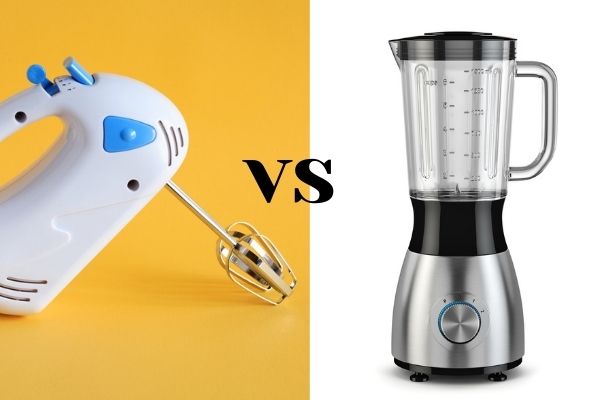
Hand blender vs electric beater differences are as follows –
Structure
The primary contrast between an electric beater and blender pertains to their respective structures.
Electric beaters possess two electric whisks that facilitate the beating and whisking of dairy products and other ingredients.
On the contrary, a blender employs motor-driven blades that are responsible for mixing and pureeing ingredients.
Consistency
Utilizing identical ingredients in an electric beater versus a blender can yield distinct differences in the texture of the resulting products.
For instance, a blender is capable of producing smooth, paste-like consistencies, or even purees.
In contrast, an electric whisk will merely beat the ingredients, resulting in a lightweight, batter-like texture.
Usage
Beatres and blenders serve distinct purposes.
When dealing with hard ingredients, such as ice, an electric beater cannot crush it, but a blender can do so effortlessly.
Similarly, using a blender instead of an electric whisk for whipping and baking may lead to over-mixing, resulting in an incorrect texture and taste of the final baked product.
Therefore, it is crucial to understand the specific usage of each gadget.
It’s worth noting that certain handheld blenders come with beater attachments, enabling you to use the blender with the beater attachments in lieu of an electric beater.
Mechanism
Finally, let’s delve into the operational mechanisms of these gadgets.
As you may have noticed, an electric whisk features circular and blunt blades, resulting in swirling movements that assist in retaining more air. The air particles play a crucial role in the baking process.
Conversely, in a blender, the ingredients are chopped into smaller pieces and blended together.
Can Blender Be Used As Beater?
It’s not advisable to utilize a blender to beat eggs.
A high-performance stand mixer features sharper blades than those suitable for a blender jar.
The most effective method of achieving optimal aeration and fluffiness in your baked goods is to first combine the ingredients using an electric handheld mixer, then transfer the mixture to the stand mixer with the whisk attachment. This guarantees exceptional outcomes for your egg whites or other light mixtures!
Is Beater Better Than Blender For Cake?
Using a beater or a blender to make a cake batter will yield different results. A beater is typically used to beat eggs and cream butter and sugar together to create a light, fluffy texture. A blender, on the other hand, can puree and mix ingredients together, but it may not create the same airy texture as a beater.
That being said, it’s not necessarily a matter of which one is better than the other for making a cake. It depends on the specific recipe and the desired texture and outcome. Some cake recipes may call for the use of a beater, while others may call for a blender or a combination of both.
In general, for making cake batter, an electric beater or a stand mixer is a better choice than a blender because it can whip the eggs and butter into a light and fluffy texture. However, for other tasks such as pureeing fruits or making frosting, a blender can be an excellent tool to have in the kitchen.
Can We Use Hand Blender Instead Of Beater?
It’s not advisable to replace the beater with a hand blender.
Hand blenders cannot whip eggs or other light mixtures effectively.
For optimal aeration and fluffiness in your baked goods, it’s recommended to mix the ingredients by hand in a bowl and then whisk using a stand mixer with a whisk attachment.
Final Thoughts
Electric beaters and blenders have distinct uses and mechanisms, and each serves a particular function. Using one in place of the other may not produce the intended outcome.
If you have any questions, please feel free to leave a comment.
Remember, beaters are ideal for baking purposes, while blenders are more suitable for general tasks like making purees, milkshakes, juices, and so on.

